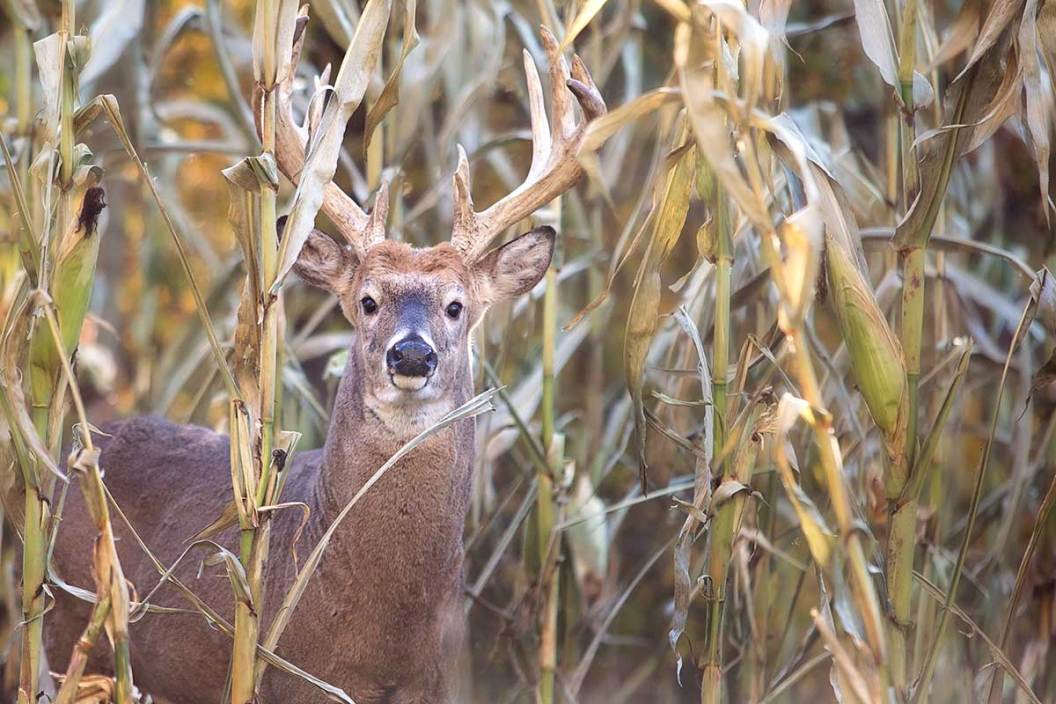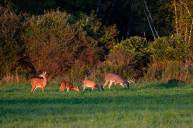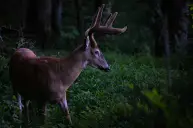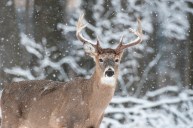During late season hunts, it can seem like food is impossible to come by. The clover plots are wilted, the bean and corn fields are cut, and the scraps have been picked through. So where do you set up trying to target a hungry buck that is exhausted from an entire month of chasing?
Late season food plots can provide a honey hole on your property that will attract bucks from miles (yes, miles) away and hold deer on your property during the brutal winter months. A majority of the late season plots used by hunters these days provide the protein and carbohydrates needed to get deer through the sub-zero temperatures experienced in the winter.
Here are some of our best practices and suggested tips if you're considering a late season food plot as part of your hunting property strategy.
Food For Late Season
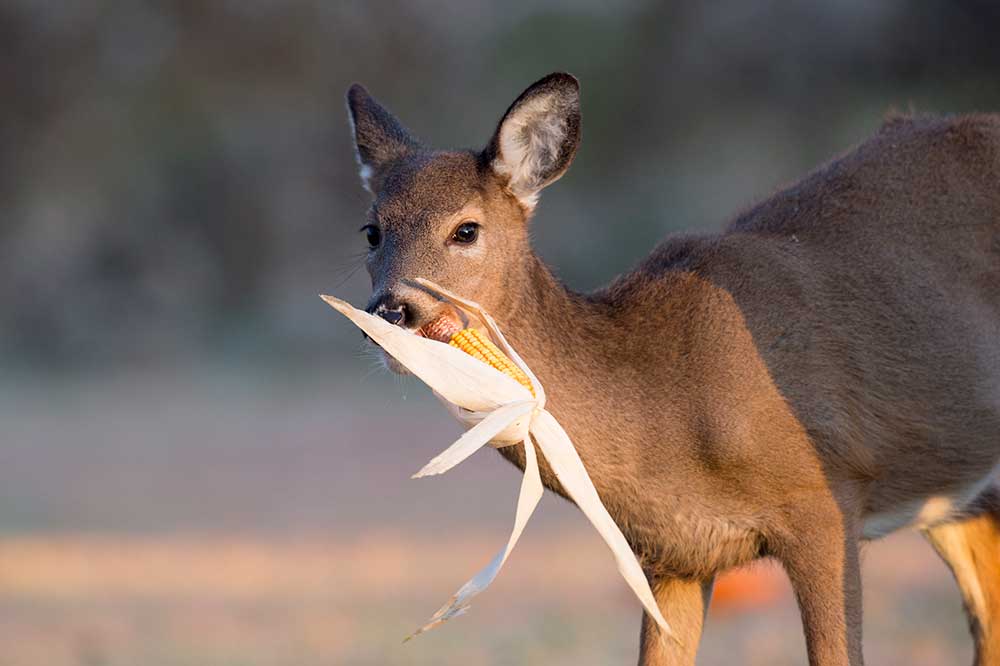
There are two general types of late season food plots that I like to stick to, mainly because I've had the most success with them in the past. I typically plant one plot of cereal grains mixed with winter peas and brassicas. I've come to find this is a magnet during those late season months when deer are hitting green food sources. The other is a grain food plot, specifically beans or corn, which will be a primo spot for when the temperatures make massive drops and the bucks are desperate for a more hearty food source.
The greens will be incredible in months like December and January, but for some reason, when the temperatures get abnormally cold, the deer in my area don't seem to be as interested in the green food plots and would rather go for the grains that provide more carbohydrates. I can't tell you how many times I have had deer pile into my brassica plots around Christmastime, and then when the temperatures reach single digits, they're nowhere to be found.
It's times like those that you wish you had left up an acre of standing corn or beans, which would create a whitetail cafeteria on your farm. I don't make that mistake anymore. I always make sure to leave at least one acre of corn or beans for those brutal hunts that make you wish you packed more hand warmers.
Greens and Grains

JL Images/Getty
Always remember that it is ideal to keep a balance of both greens and grains on your property. I have experimented with every food plot imaginable on my property and have found what does and doesn't work, and this may look different for your property and deer herd.
I have found that my deer prefer soybeans over corn for the grain variety, and they prefer oats and winter rye over brassicas for the greens variety. This may require a small amount of trial and error for you, but once you find out what is effective and what's not, your late season strategy becomes that much more clear.
Fencing And Deer Food Plots
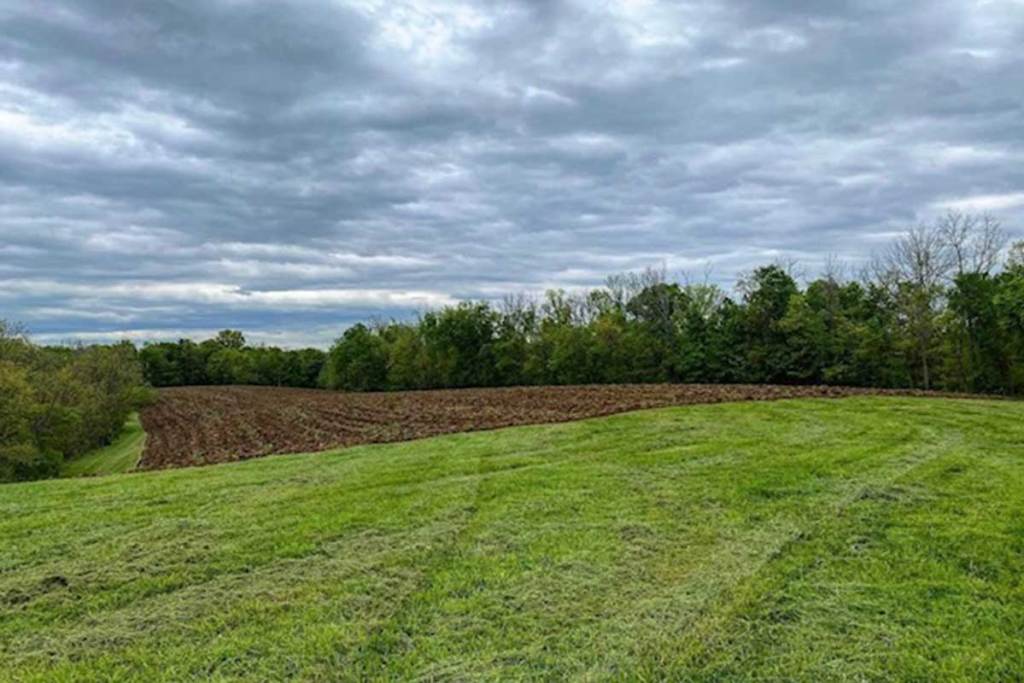
Dylan Hayward
I think it's worth noting that overgrazing from deer can cause unwanted stress on your food plots before they are established enough to withstand it. For this reason, I like to create some form of fence around my late season plots during the early season. That way they aren't crushed by the time I want to hunt over them. Both Plotsaver and Hooyman make great fencing options for your food plots that will protect them until you're ready to hunt them.
Preparation and planting can require a lot of time, money, and sweat equity, so it's always a good idea to protect your investment from heavy browse until they are established enough to utilize them.
If you provide deer with quality late season food sources, and ensure that they're at their most effective when the timing is right, there might not be a better opportunity to tag mature bucks throughout the entire season.
Products featured on Wide Open Spaces are independently selected by our writers and editors. However, when you buy something through our links, we may earn a commission.
